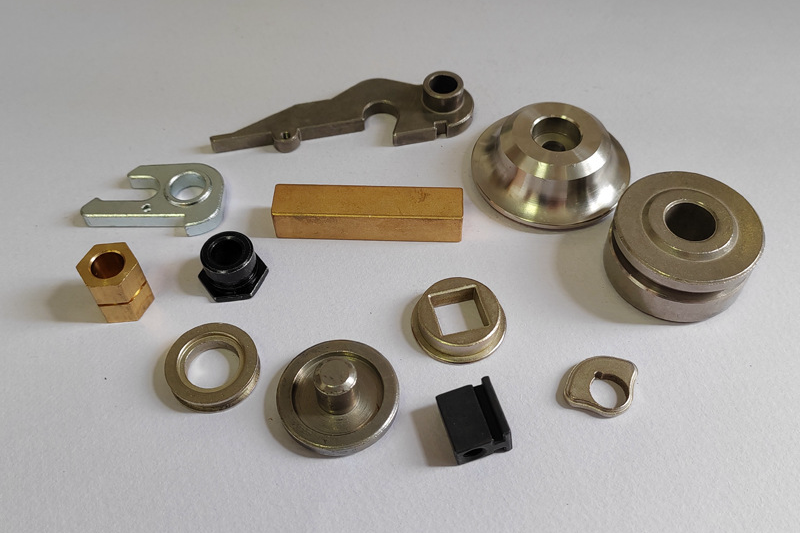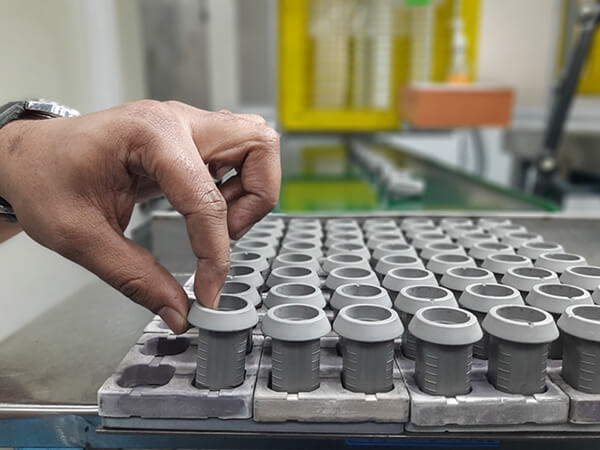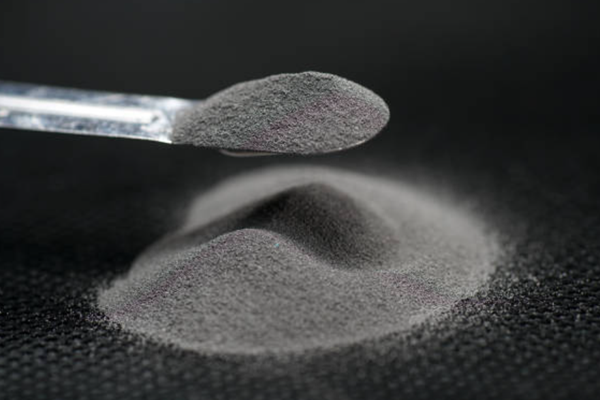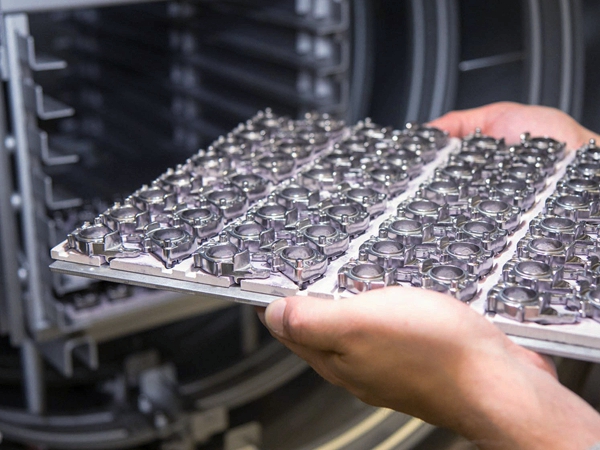Low Alloy Steel
Low Alloy Steels Optional for MIM
Metal Injection Molding low-alloy steels are iron-based alloys containing small amounts of alloying elements like chromium, nickel, and molybdenum. Metal injection molding (MIM) processing allows complex net-shape parts to be made with tight tolerances. Typical grades are 4140, 4340, 52100, and 8620. MIM low alloy steels offer excellent strength, wear resistance, hardenability, and corrosion resistance compared to plain carbon steels.
Material | Key Features | Applications |
|---|---|---|
High tensile & yield strengths | Automotive components, machinery parts | |
Balanced strength & toughness | Tools, gears, industrial machinery components | |
Elevated mechanical performance | Aerospace components, heavy machinery parts | |
Excellent elongation, moderate impact | Medical instruments, consumer electronics | |
Malleability, intricate components | Electronics, jewelry | |
Wear resistance, reliable | Bearings, precision instruments, automotive | |
Strength, impact resistance | Gears, shafts, structural components | |
Enhanced mechanical performance | High-stress gears, pinions, crankshafts | |
Corrosion resistance | Medical implants, marine hardware |
MIM-Low Alloy Steel Material Comparison
Various materials for metal injection molding are optional, including Stainless Steel, Low Alloy Steel, Tool Steel, Titanium, Copper, Etc. In this article, we only discuss the characteristics and applications of Low alloy steel in metal injection molding.
Chemical Composition | |||||||||
Element | MIM 4605 | MIM 4140 | MIM 4340 | MIM 2700 (FN08) | MIM 2200 (Fe-2Ni) | MIM 52100 | MIM 8620 | MIM 9310 | MIM 430L |
C | .4-.6 | .3-.5 | .3-.5 | .1max | .1max | .8-1.2 | .15-.23 | .2max | .05(max) |
Si | 1.0max | .6max | .5max | 1.0max | 1.0max | - | 1.0max | - | 1.0max |
Cr | - | .8-1.2 | .6-1.2 | - | - | 1.3-1.6 | .4-.6 | .3-.8 | 16-18 |
Mo | .2-.5 | .2-.3 | .5max | .5max | .5max | - | .15-.25 | .1-.25 | - |
Mn | - | 1.0max | .8max | - | - | .25-.45 | .7-.9 | - | 1.0max |
Fe | Bal. | Bal. | Bal. | Bal. | Bal. | Bal. | Bal. | Bal. | Bal. |
Ni | 1.5-2.5 | - | 1.25-2.0 | 6.5-8.5 | 1.5-2.5 | - | .4-.7 | 2.5-3.5 | - |
Cu | - | - | - | - | - | .025max | .035max | .025max | - |
Nb | - | - | - | - | - | .025max | .040max | .025max | - |
Physical and Mechanical | |||||||||
Alloys | Status | Tensile Strength | Yield Strength | Impact Strength | Hardness | Young's Modulus | Poisson's Ratio | Elongation | Density |
Mpa | Mpa | J | HRB | Gpa | Ratio | % in 25.4 mm | g/cm³ | ||
MIM 4605 | As Sintered | > 700 | 450-500 | 12 | 40-50 | 180-200 | 0.28-0.30 | 5 | 7.5-7.8 |
MIM 4140 | As Sintered | 700-800 | 550-650 | 15 | 45-55 | 190-210 | 0.27-0.29 | 4 | 7.8-8.0 |
MIM 4340 | As Sintered | 800-900 | 650-750 | 18 | 50-60 | 200-220 | 0.26-0.28 | 4 | 7.8-8.1 |
MIM 2700 | As Sintered | 400-500 | 250-350 | 6 | 30-40 | 150-170 | 0.30-0.32 | 15 | 6.5-7.0 |
MIM 2200 | As Sintered | 300-400 | 150-250 | 7 | 25-35 | 130-150 | 0.31-0.33 | 20 | 6.2-6.7 |
MIM 52100 | As Sintered | 800-900 | 600-700 | 62 | 55-65 | 200-220 | 0.26-0.28 | 4 | 7.8-8.2 |
MIM 8620 | As Sintered | 600-700 | 400-500 | 13 | 40-50 | 180-200 | 0.28-0.30 | 8 | 7.4-7.8 |
MIM 9310 | As Sintered | 700-800 | 500-600 | 14 | 45-55 | 190-210 | 0.27-0.29 | 6 | 7.7-8.1 |
MIM 430L | As Sintered | 300-400 | 150-250 | - | 25-35 | 130-150 | 0.31-0.33 | 20 | 7.0-7.3 |
Key Features of MIM-Low Alloy Steels
MIM 4605: High Strength and Wear Resistance
MIM 4605 is a low alloy steel with remarkably high strength and wear resistance. It is ideal for components subjected to heavy loads and abrasive environments. Its mechanical properties are enhanced through the MIM process, enabling precise control over microstructure and hardness. Whether gears, bearings, or industrial tools, MIM 4605 ensures longevity and optimal performance.
MIM 4140: Versatile and Durable
MIM 4140 is celebrated for its versatility and durability. It is often used in applications where high toughness and good fatigue resistance are crucial. With MIM technology, intricate shapes and geometries can be achieved, making MIM 4140 suitable for various industrial and consumer products, from automotive parts to firearm components.
MIM 4340: Impact Strength and Heat Resistance
MIM 4340 exhibits impressive impact strength and heat resistance. It makes it highly sought after for components subjected to extreme conditions, such as aerospace and oil and gas applications. The MIM process allows for the production of intricate designs with tight tolerances, ensuring that MIM 4340 parts meet the stringent requirements of these industries.
MIM 2700: Corrosion Resistance and Biocompatibility
MIM 2700 is renowned for its exceptional corrosion resistance and biocompatibility. It finds its niche in medical and dental applications, where mechanical integrity and compatibility with the human body are paramount. The alloy's microstructure can be finely tuned through MIM, resulting in precise corrosion resistance levels and excellent biocompatibility.
MIM 2200: Electrical Conductivity and Thermal Performance
MIM 2200 is notable for its excellent electrical conductivity and thermal performance. This alloy is often utilized in electronics and heat transfer applications. The MIM process ensures that complex shapes with intricate features can be achieved without compromising the material's conductivity and thermal efficiency.
MIM 52100: Bearing Steel for High Precision
MIM 52100 is a bearing steel renowned for its high hardness and wear resistance. In applications where precision is paramount, such as high-performance bearings and linear motion systems, MIM 52100 excels. The MIM process further enhances its material properties, resulting in components that meet stringent precision requirements.
MIM 8620: Case Hardening Capability
MIM 8620 is recognized for its case-hardening capability, making it suitable for parts that require a hard surface layer while maintaining a rigid core. Automotive and machinery components often benefit from this alloy's balance of hardness and flexibility. Through MIM, achieving precise case depths and uniform hardness distribution is achievable.
MIM 9310: High Fatigue Resistance
MIM 9310 boasts high fatigue resistance, rendering it invaluable in cyclic loading and stress applications. Aerospace and defense industries frequently utilize MIM 9310 for critical components where failure is not an option. The MIM process allows for producing parts with consistent mechanical properties, ensuring reliable performance.
MIM 430L: Corrosion-Resistant Stainless Steel
MIM 430L is a corrosion-resistant stainless steel, often employed in environments where chemical and atmospheric corrosion resistance is paramount. The MIM process enables the production of complex stainless steel parts with intricate geometries. It makes MIM 430L suitable for various applications, from kitchen appliances to industrial machinery.
How to Select MIM-Low Alloy Steels
Selecting the right MIM (Metal Injection Molding) low alloy steel is a critical decision that can significantly impact your components' performance, durability, and cost-effectiveness. As a production engineer at Neway, you're well-versed in the intricacies of material selection. Here's a comprehensive guide to help you navigate the process of selecting the ideal MIM low alloy steel for your specific applications:
Identify Application Requirements:
Start by understanding the functional requirements of your components. Consider mechanical properties (strength, toughness, hardness), wear resistance, corrosion resistance, heat resistance, electrical conductivity, and biocompatibility, depending on the application's demands.
Analyze Load and Stress Conditions:
Determine the loads, stresses, and operating conditions your components will experience. It includes static and dynamic loads, cyclic loading, impact forces, temperature variations, and environmental exposure. Different low-alloy steels exhibit varying performance under these conditions.
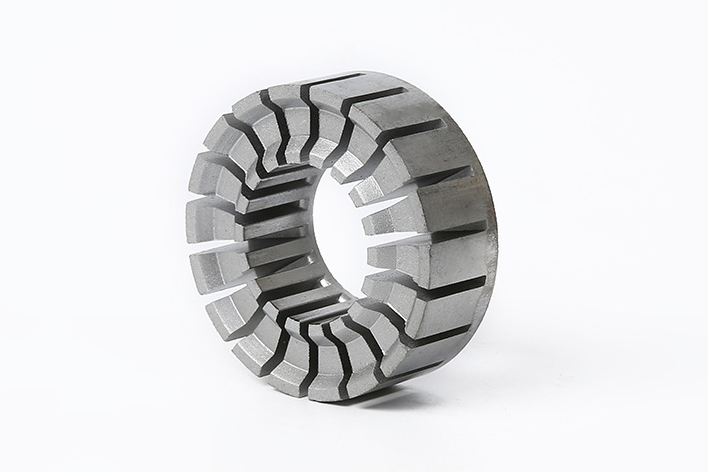
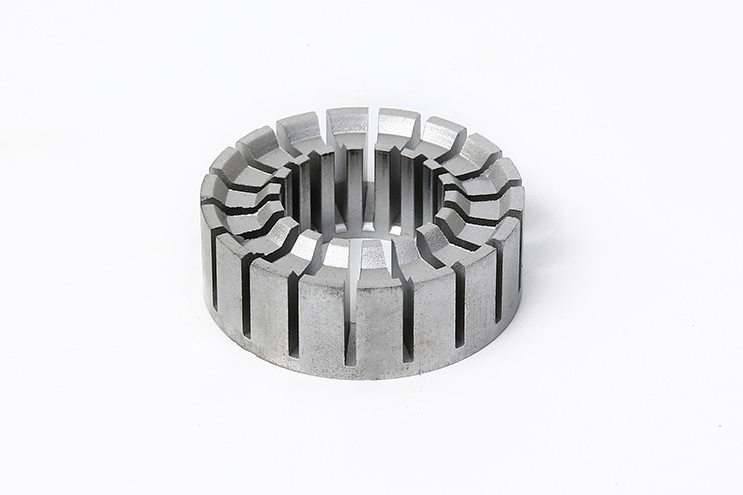
Consult with Material Experts:
Collaborate with material experts and suppliers to gain insights into the unique characteristics of each MIM low alloy steel. They can provide valuable information on alloy compositions, heat treatment options, and material performance.
Evaluate Microstructure and Properties:
Understand how the MIM process affects the microstructure and properties of each alloy. Properties like hardness, tensile strength, and impact resistance can vary based on factors like powder composition and sintering conditions.
Consider Surface Finish and Treatments:
Depending on your application, you might require specific surface finishes or coatings. Some MIM low alloy steels might be more suitable for specific surface treatments, enhancing wear resistance or corrosion protection.
Factor in Production Complexity:
Assess the complexity of manufacturing your components using each MIM low alloy steel. Some alloys lend themselves better to intricate geometries and tight tolerances, aligning with Neway's expertise in precision manufacturing.
Consider Precision Requirements:
Opt for low alloy steels with excellent dimensional stability and machinability if your components require high precision, such as in aerospace or medical applications. MIM 52100, for instance, is well-suited for applications requiring precision bearings.
Evaluate Cost Considerations:
Balancing performance with cost is crucial. Analyze the material and production costs associated with each MIM low alloy steel. While advanced alloys might offer exceptional properties, they can also increase production expenses.
Review Industry Standards:
Research relevant industry standards and regulations that pertain to your application. Ensure the selected MIM low alloy steel meets or exceeds these standards, especially in the aerospace, automotive, and medical sectors.
Prototype and Testing:
Before committing to full-scale production, consider prototyping components using different MIM low alloy steels. It allows you to evaluate each material's performance under real-world conditions and refine your selection.
Longevity and Reliability:
Anticipate the lifespan of your components and the durability required. MIM 9310, with its high fatigue resistance, might be preferable for applications with cyclic loading and extended service life.
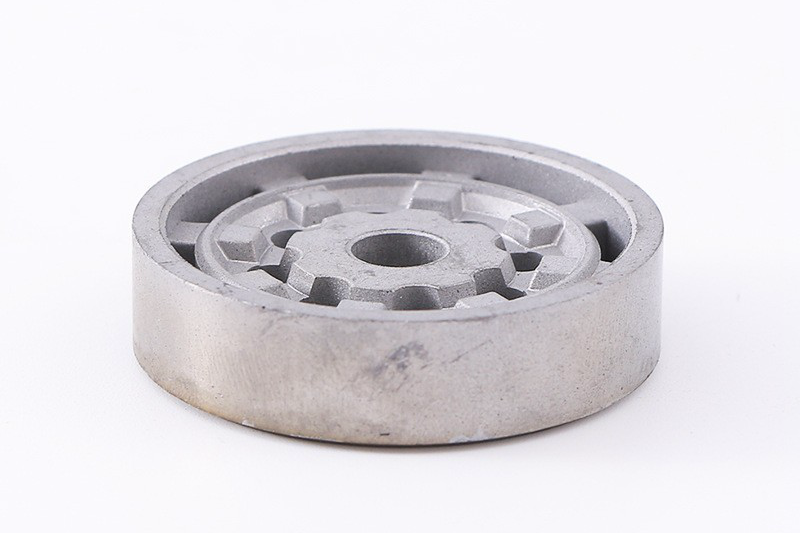
Industries We Cover In Metal Injection Molding
As an experienced metal injection molding manufacturer, Neway is involved in many industries and trusted by big brand companies.
The industries we cover include:
